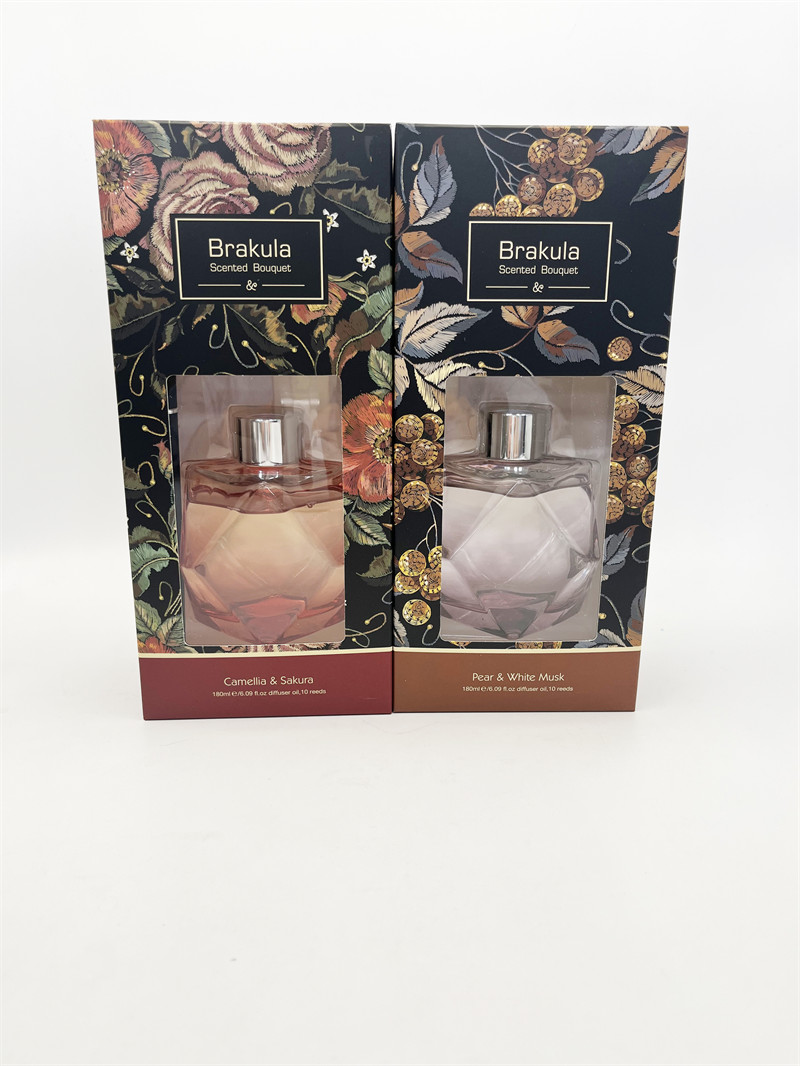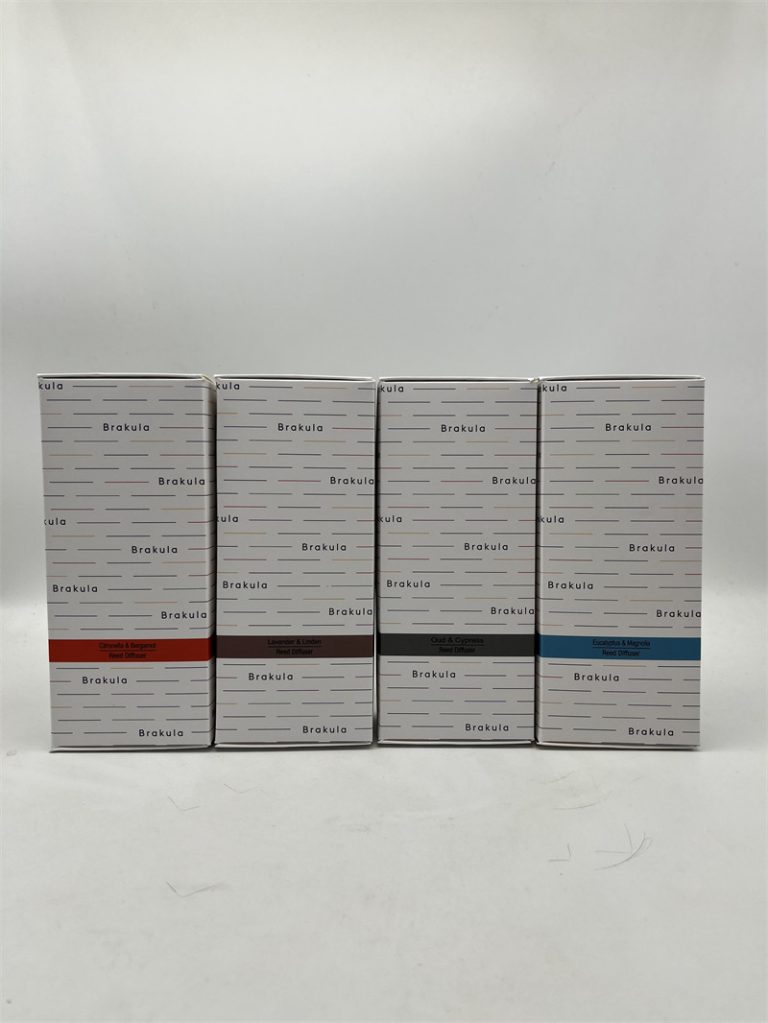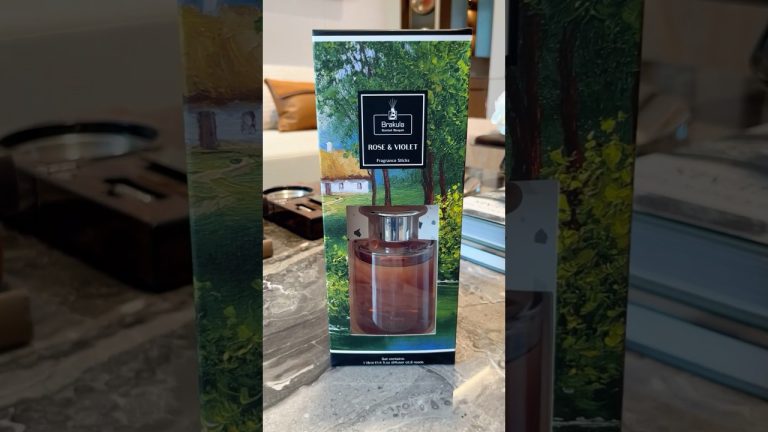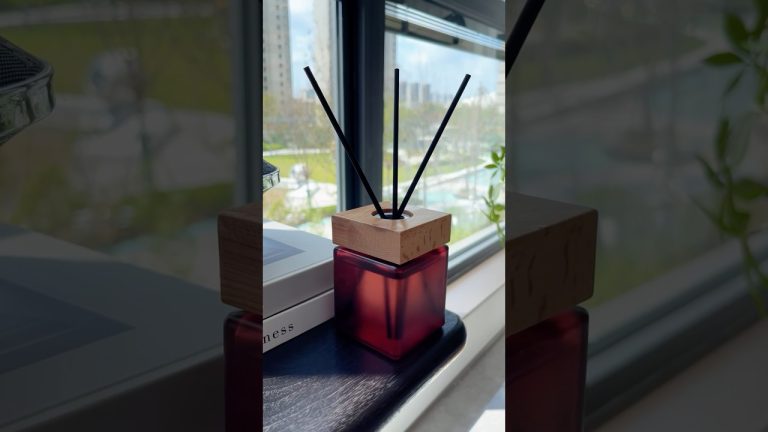Table of Contents
Potential Health Risks of Using Air Fresheners in Homes and Cars
Air fresheners are a common household item that many people use to create a pleasant scent in their homes and cars. However, recent studies have raised concerns about the potential health risks associated with the use of air fresheners. While they may make your living space smell nice, the chemicals found in many air fresheners can have negative effects on your health.
One of the main concerns with air fresheners is the presence of volatile organic compounds (VOCs). These are chemicals that can easily evaporate into the air at room temperature. VOCs are known to contribute to indoor air pollution and can have harmful effects on respiratory health. Some common VOCs found in air fresheners include formaldehyde, benzene, and phthalates. These chemicals have been linked to a variety of health issues, including headaches, dizziness, and respiratory problems.
| Commodity Name | Indoor Aromatherapy |
| Material | Wood |
| Suitable for | Bedroom |
| Scents | Inspire, Lemon & Verbena |
| Capacity | 250ml |
| Color | Black |
| Origin | China Manufacturer |
| Duration | 40-60days |
In addition to VOCs, many air fresheners also contain synthetic fragrances that can trigger allergic reactions in some individuals. These fragrances are often made up of a complex mixture of chemicals, some of which can be irritating to the skin, eyes, and respiratory system. People with asthma or other respiratory conditions may be particularly sensitive to these fragrances and may experience worsened symptoms when exposed to them.
Furthermore, some air fresheners contain antimicrobial agents that are designed to kill bacteria and mold. While this may sound like a good thing, these chemicals can also have negative effects on human health. Triclosan, for example, is a common antimicrobial agent found in air fresheners that has been linked to hormone disruption and antibiotic resistance. Continued exposure to these chemicals can have long-term consequences for both human health and the environment.
It is also worth noting that air fresheners can interact with other household products to create harmful compounds. For example, when air fresheners containing VOCs are used in conjunction with cleaning products that also contain VOCs, the combination can produce toxic chemicals that can be harmful when inhaled. This is known as the “cocktail effect” and can further exacerbate the health risks associated with using air fresheners.
While the potential health risks of using air fresheners are concerning, there are steps that can be taken to minimize exposure to harmful chemicals. One option is to opt for natural air fresheners, such as essential oils or homemade air freshener sprays. These alternatives are free of synthetic chemicals and can still provide a pleasant scent for your home or car.

Another option is to improve ventilation in your living space to help reduce the concentration of VOCs in the air. Opening windows and using fans can help to circulate fresh air and dilute any harmful chemicals that may be present. Additionally, choosing air fresheners that are labeled as “green” or “natural” can help to ensure that you are not exposing yourself to unnecessary toxins.
In conclusion, while air fresheners may seem like a harmless way to freshen up your living space, they can actually pose risks to your health. The chemicals found in many air fresheners can contribute to indoor air pollution and have negative effects on respiratory health. By being aware of the potential risks and taking steps to minimize exposure, you can create a healthier environment for yourself and your family.
Alternatives to Traditional Air Fresheners for a Healthier Living Environment
Air fresheners have long been a popular choice for many people looking to create a pleasant and inviting atmosphere in their homes and cars. However, recent studies have raised concerns about the potential health risks associated with the use of traditional air fresheners. These concerns have led many individuals to seek out alternative options that are safer for both themselves and the environment.
One of the main issues with traditional air fresheners is the presence of harmful chemicals such as phthalates, formaldehyde, and volatile organic compounds (VOCs). These chemicals can be released into the air when the air freshener is sprayed or plugged in, posing a risk to human health. Phthalates, for example, have been linked to hormone disruption and reproductive issues, while formaldehyde is a known carcinogen. VOCs can also contribute to respiratory problems and exacerbate existing conditions such as asthma.
In response to these concerns, many people are turning to natural alternatives to traditional air fresheners. One popular option is essential oils, which are derived from plants and have been used for centuries for their therapeutic properties. Essential oils can be diffused in a room using a diffuser, added to a spray bottle with water for a homemade air freshener, or even placed on cotton balls and placed in a car for a natural scent.
https://reedaromalab.com/tag/cheapest-room-fragrance-suppliersAnother alternative to traditional air fresheners is to simply open windows and let fresh air circulate through the space. This can help to remove odors and pollutants from the air, creating a healthier living environment. Additionally, houseplants can help to purify the air and add a natural fragrance to a room. Plants such as lavender, jasmine, and eucalyptus are known for their pleasant scents and air-purifying properties.
For those who prefer a more convenient option, there are now natural air freshener products available on the market that are free from harmful chemicals. These products use ingredients such as baking soda, activated charcoal, and natural fragrances to neutralize odors and freshen the air. Some companies also offer refillable air fresheners that allow users to customize the scent and avoid the need for disposable plastic containers.
In conclusion, while traditional air fresheners may be convenient, they can pose a risk to human health due to the presence of harmful chemicals. By opting for natural alternatives such as essential oils, fresh air, houseplants, or natural air freshener products, individuals can create a healthier living environment for themselves and their families. Making the switch to safer options not only benefits personal health but also contributes to a cleaner and more sustainable planet.
Tips for Reducing Exposure to Harmful Chemicals from Air Fresheners in Homes and Cars
Air fresheners are a common household item that many people use to create a pleasant scent in their homes and cars. However, recent studies have raised concerns about the potential health risks associated with these products. Many air fresheners contain chemicals that can be harmful to human health, including volatile organic compounds (VOCs) and phthalates. These chemicals can contribute to indoor air pollution and have been linked to a variety of health problems, including respiratory issues, allergies, and even cancer.
To reduce your exposure to harmful chemicals from air fresheners in your home and car, there are several steps you can take. One of the most effective ways to minimize your exposure is to choose natural alternatives to traditional air fresheners. Essential oils, for example, can be used to create a pleasant scent in your home without the use of synthetic chemicals. You can add a few drops of your favorite essential oil to a diffuser or mix it with water in a spray bottle to create a natural air freshener.
Another way to reduce your exposure to harmful chemicals from air fresheners is to opt for fragrance-free or unscented products. Many air fresheners contain artificial fragrances that can trigger allergies and respiratory issues in sensitive individuals. By choosing fragrance-free alternatives, you can enjoy a fresh-smelling home without the potential health risks associated with synthetic fragrances.
hotel aroma In addition to choosing natural and fragrance-free alternatives, it’s also important to ventilate your home regularly to reduce indoor air pollution. Opening windows and using fans can help to circulate fresh air throughout your home and dilute any harmful chemicals that may be present in the air. You can also invest in an air purifier to help remove pollutants from the air and improve indoor air quality.
When it comes to your car, there are also steps you can take to reduce your exposure to harmful chemicals from air fresheners. Instead of using commercial air fresheners that clip onto your car’s air vents or hang from your rearview mirror, consider using natural alternatives like a small bowl of baking soda or a sachet of dried herbs to create a pleasant scent in your car. You can also crack a window while driving to allow fresh air to circulate and reduce the concentration of pollutants in the air.
Overall, it’s important to be mindful of the potential health risks associated with air fresheners and take steps to reduce your exposure to harmful chemicals in your home and car. By choosing natural alternatives, opting for fragrance-free products, ventilating your home regularly, and using air purifiers, you can create a healthier indoor environment for you and your family. Making small changes to your air freshening routine can have a big impact on your health and well-being in the long run.




